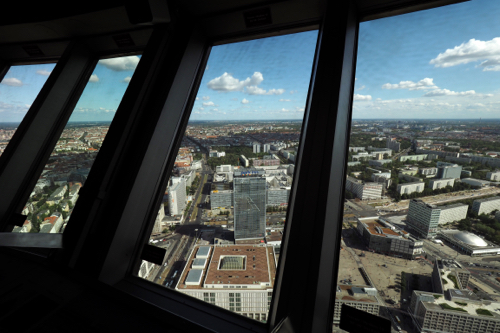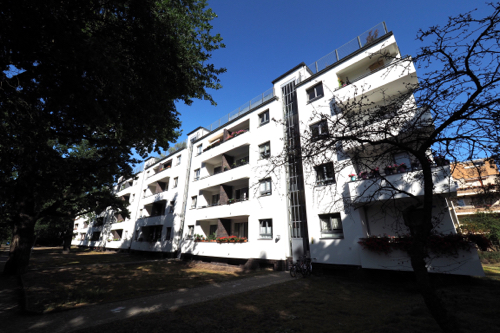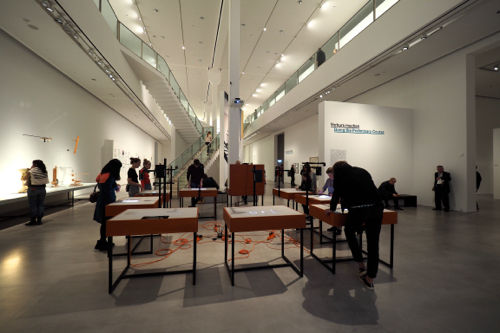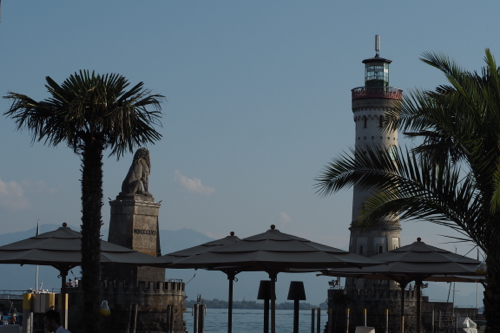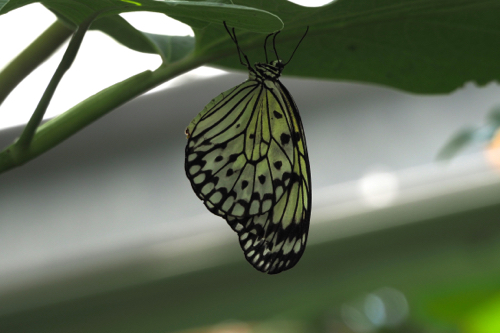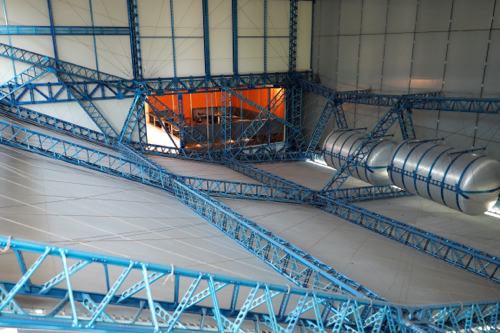
July 23, 2019. Berlin to Dresden, Germany.
We had been staying in the Ibis Hotel in Berlin for about 9 days and decide it was time for our first side trip.
After picking up the rental car, a Ford Fiesta from Europcar, we drove to Dresden.
We did have a couple of stops along the way.
The first was a coffee stop in Bestensee and then for a walk around Neuendorfer See.
The Lake, which is both an inflow and outflow of the Spree, is a popular camping spot for Berliners with many permanent sites. The shoreline is flat with many bays and the surrounding area is covered in pine forests.
And apparently the fishing is also good.
We then drove into Dresden and found the B&B Hotel. This was out of the city centre and had two great features. Firstly it had free parking and secondly it was half the price of the inner city hotels and still within walking distance of the sights.
After a stroll around the city we had dinner at a restaurant on the River Elbe.
It was a rather quiet spot and we wondered where the action was in Dresden. After dinner we continued our city walk and discovered the Neumarkt Square.
It was crammed with restaurants, serving a variety of cuisines – we will return there again.

July 24, 2019. Dresden, Germany.
It was a slow start to the day with breakfast at a local café before we headed out to do some sightseeing.
It’s lucky that there is any of Dresden left to see, considering the pounding it took in February 1945.
Primarily a city of art and culture Dresden, unlike many other cities in Germany, wasn’t the home to vast industries. On the night of February 14 the RAAF deliberately bombed the Dresden city centre. The destruction of the city and the resultant civilian casualties, many of whom were refugees, was hotly debated, even before the war ended later that year.
Even now, 74 years after the war, Dresden is suffering again, this time from the tyranny of the far right. The growing concern about the rise of extremists in Dresden has led to the city council declaring a ‘Nazi crisis’ in the city.
Porcelain from Dresden is famous, so we headed to the museum to experience it first hand.
Between 1602 and 1657 more than 3,000,000 porcelain pieces were imported into Europe.
In 1715 Augustus the Strong introducing porcelain to Germany. Much of the Oriental works that he imported came via the East India Company and is housed in the museum.
It’s a huge collection of 20,000 pieces but with limited display area available in the Zwinger only about 2,000 artefacts are viewable at any one time.
Meissen Porcelain, which was derived from the Oriental version, was first developed in 1708. Again Augustus the Strong was involved, as he was instrumental in financing the construction of the royal factory in Meissen, near Dresden.
To protect the authenticity of Meissen Porcelain a logo was developed in 1720. The ‘crossed swords’ is thought to be one of the earliest forms of trademark.
The Zwinger is not only home to the Dresden Porcelain Collection but the Old Masters Picture Gallery and the Royal Cabinet of Mathematical and Physical Instruments. This Baroque palace was completed in 1728 and designed by the court architect, Matthäus Daniel Pöppelmann.
August the Strong, on returning from a grand tour through France and Italy, decided that he needed something like Versailles for his own court. This ultimately resulted in the building of the Zwinger.
The buildings were destroyed by the carpet bombing raids of February 1945, however the collections had been moved by this stage and were saved.
Just around the corner, in the historic centre of Dresden, is the Semperoper or Opera House.
In order to see inside we had to wait for an escorted tour.
The building was originally designed by Gottfried Semper and built in 1845. Following a fire it was then rebuilt by the same architect in 1868. It was destroyed again in 1945 and then rebuilt to the pre-war design in 1985.
The interior is a combination of Italian Neo Classical, Baroque and Corinthian styles.
When we reached the main body of the theatre there was a rehearsal underway. This was for an Australian production of Westside Story. We were told that, due to the rehearsal, we couldn’t take snaps in the auditorium. I pointer out to our guide that we had paid €6 to take photos and that we weren’t photographing the actors but the architecture.
I don’t think she was impressed but we carried on regardless.
Outside it was over 32°C, so we continued our touring with a slow walk around the city.
On our travels we explored the interiors of two of the largest churches in Dresden.
Dresden Cathedral or Cathedral of the Holy Trinity (1739 and restored in 1962) and the Dresden Frauenkirche, the Lutheran Church (1726 and rebuilt in 1993).
We expected the Lutheran church to be more austere than the Catholic. In fact it was just the opposite.
The Lutheran church had a rather Baroque alter surrounded by a very spacious interior that was decorated in pastel colours.
Naturally that night dinner was in the Neumarkt Square, at a Spanish restaurant, Bodega Madrid.
With the evening temperature so balmy it seemed only natural to eat Spanish Tapas – outside.

July 25, 2019. Dresden and a side trip to Bastei, Germany.
This was our day to explore ‘The nature’ around Dresden, so after breakfast, this time in the hotel, it was into the Ford Fiesta for our drive to the south east.
Another heatwave was forecast for Europe, with temperatures into the high thirties. The car was a good refuge from the heat.
I was about an hours drive to Rathen South. We then caught a ferry over the Elbe River to Rathen North, which is on the edge of the Saxon Switzerland National Park, a protected area of the Elbe Sandstone Mountains.
From there we had an easy walk around the Amselsee, an artificial lake or reservoir that’s only 55 metres long and quite narrow. There is boating as well as fishing, as the reservoir is stocked with trout.
Then it was a very hard walk up to Bastei, a lookout over the Elbe River.
The degree of difficulty was raised by the temperature, which was now into the mid thirties.
Today little remains of Neurathen Castle, which you get to by crossing over the Bastei Bridge. This rock castle was first built between 1100 and 1200.
Bastei has been a tourist attraction for over 200 years. In 1824 a timber bridge was built to connect some of the stone formations. This was replaced in 1851 by the current stone one.
Bastei means bastion and relates to the towering rocks that formed a defensive ring around Neurathen Castle.
It was a tiring afternoon climbing around the Bastei rocks in the 37°C heat. We were therefore very glad of the air conditioning in the car on the return drive to Dresden.

July 26, 2019. Dresden to Berlin, Germany.
After checking out of the B&B Hotel, which is more a walk-out than a check-out, as everything was paid up-front, we drove into Dresden. We then parked in one of the numerous underground car parks near the centre.
Coffee was at the Solino Café and Bar Italiano, which is in the Glockenspielpavillon of the Zwinger Palace Museum.
This is probably the best coffee in Dresden, well at least that we found.
We arrived just in time for a performance of the glockenspiel. The bells were made in the famous Meissen porcelain factory and have only been part of the Zwinger since 1933. The carillon plays a short melody every 15 minutes and a longer one at various times during the day. The more extensive tunes are from Vivaldi, Mozart and Bach.
I have no idea what was playing but it was certainly a wonderful sound as we sat inside sipping our espressos.
This time we were in the Zwinger to visit the Mathematical Museum or to use its full name the Royal Cabinet of Mathematical and Physical Instruments.
Elector August of Saxony started the collection around 1569. In Saxony Elector Augustus was to mathematics as Augustus the Strong was to porcelain.
It was an important role of rulers to sponsor both the arts and sciences during this period
The understanding of mathematics and the associated equipment was a measure of power in the Renaissance period, so it was very important to have those instruments on display.
Today the museum is divided into four sections. The Cosmos of the Prince. (Instruments from around 1600). The Universe of Globes. (Terrestrial and celestial globes covering seven centuries). Instruments of Enlightenment. (Large telescopes and burning mirrors, which use the concentration of sunlight through a convex lens to generate great heat). The Course of Time. (Clocks, watches and automata from the Renaissance).
Animated graphics were used to augment the displays and add explanation. There was also a number of hands-on displays.
An astronomical Clock, made in 1568 was a feature. It stood nearly a meter tall and not only told the time but indicated where the planets and constellations were at any given point.
It took five years to build.
After retrieving the car from subterranean Dresden we drove to Kunsthofpassage. This is in the Bohemian part of Dresden and features wacky architecture and funky cafes.
The complex consists of five courtyards where the buildings are decorated with various themes.
There is the Yard of the Elements with the bizarre architecture that used downpipes. Courtyard of Light that used reflective surfaces. The Yard of the Animals with a number of animal reliefs on the building exterior. Courtyard of Mythical Creatures that are displayed in mosaic tiles from Portugal, Italy and Meissen. The Yard of Metamorphoses, which has two steles or freestanding monolithic pillars. In the evening they are illuminated and become lamps.
After this very contemporary interlude, from what was primarily a Renaissance experience, it was back into the Ford for the two hour return trip to Berlin.
Our first side-trip was complete.
